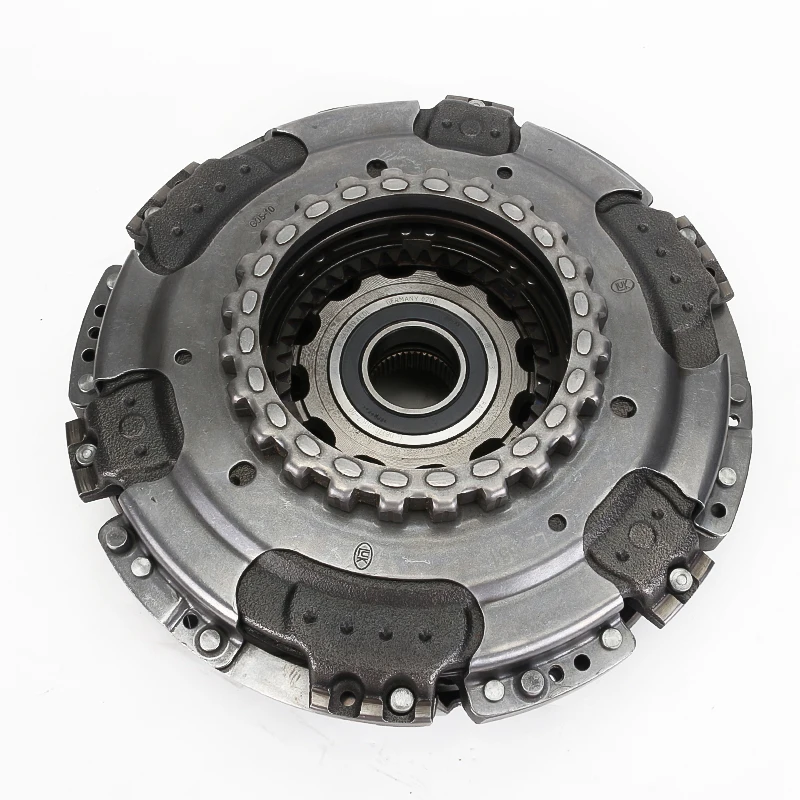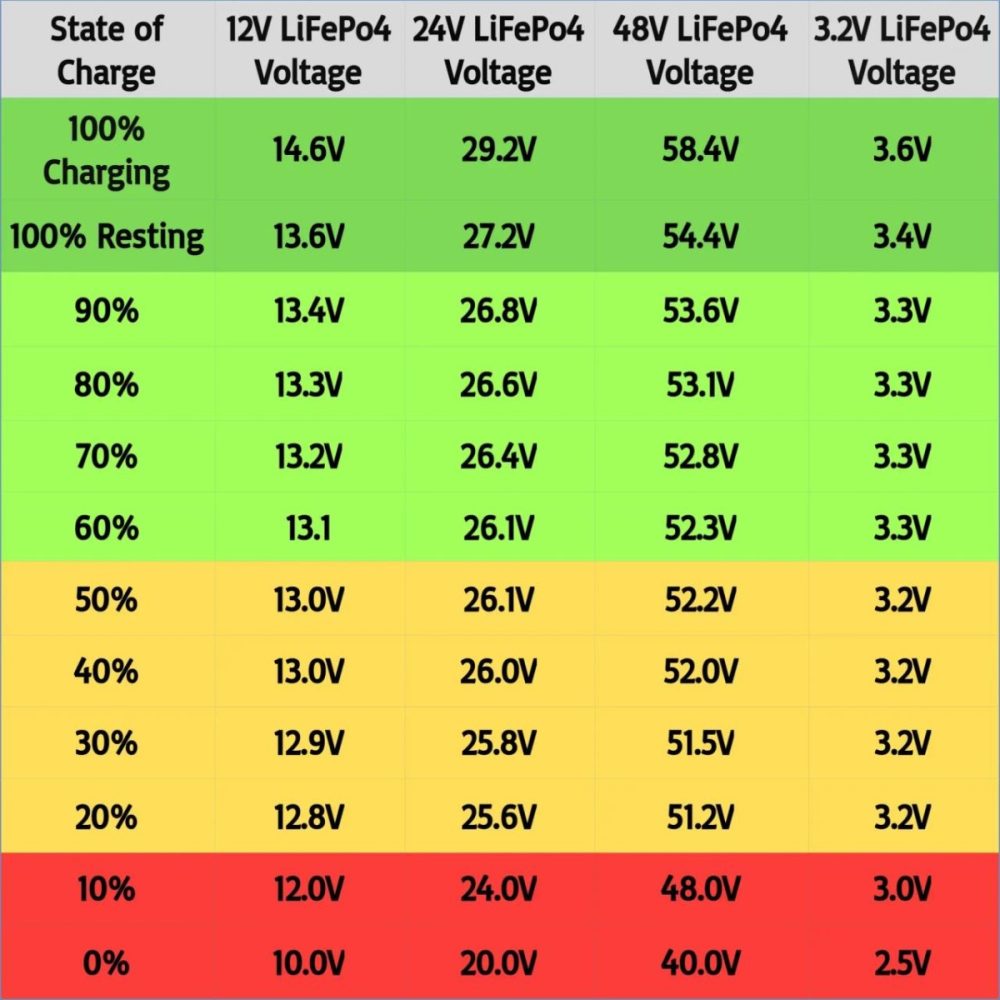Honda. The name conjures images of fuel-efficient commuters, reliable sedans, and iconic, high-revving VTEC engines. But one thing you might not associate with Honda? Rear-wheel drive (RWD). That’s right, throughout their history, Honda has primarily focused on front-wheel drive (FWD) layouts for their production vehicles. However, there are a few exceptions, some hidden gems, and even exciting hints about the future that deserve a closer look.

The Allure of Rear-Wheel Drive
Before diving into Honda’s RWD offerings, let’s explore the appeal of this drivetrain configuration. RWD cars place the engine in the front of the vehicle and transmit power to the rear wheels. This layout offers several advantages:
- Balanced Weight Distribution: With the engine upfront and drivetrain components in the back, RWD cars achieve a near-perfect 50/50 weight distribution. This translates to sharper handling and a more engaging driving experience.
- Power Delivery: RWD eliminates the torque steer sometimes associated with FWD cars, where engine power can tug the steering wheel during hard acceleration. This allows for smoother power delivery and better control.
- Driving Dynamics: RWD cars are known for their playful nature. By transferring power to the rear wheels, they can be more prone to oversteer, a technique where the rear end loses grip and slides outwards. In skilled hands, this can be exploited for exhilarating drifts and a more dynamic driving experience.

Honda’s RWD Rarities
While FWD has been Honda’s bread and butter, they haven’t entirely shied away from RWD. Here are some notable examples:
- The Acura NSX (1990-2005, 2016-Present): This iconic high-performance sports car, sold under the Acura badge in North America, boasts a mid-engine, RWD layout. The NSX has earned a reputation for its precision handling, blistering speed, and luxurious appointments.
- The Honda S2000 (1999-2009): This beloved roadster offered a pure, driver-focused experience. With a high-revving, naturally aspirated engine and a lightweight chassis, the S2000 delivered exhilarating performance and exceptional handling thanks to its RWD layout.

Beyond Production Cars: The Honda RWD Legacy in Racing
Honda’s flirtation with RWD extends beyond street-legal vehicles. They’ve enjoyed considerable success in motorsport with RWD machines, particularly in Formula One. Honda’s engine dominance throughout the late 80s and early 90s powered legendary teams like McLaren and Williams to numerous championship victories. This racing pedigree further cemented Honda’s reputation for high-performance engineering, even within the realm of RWD.
The Future: A New Chapter for Honda and RWD?
The tides might be turning for Honda and RWD. With the rise of electric vehicles (EVs), the traditional engine placement limitations become less relevant. Electric motors can be positioned anywhere in the chassis, opening doors for new drivetrain configurations. Here’s where things get interesting:
- Honda e:Prototype (2020): This concept car, unveiled in 2020, hinted at a potential shift for Honda. The e:Prototype, a sporty hatchback, boasted a rear-wheel-drive layout powered by twin electric motors on the rear axle. While not confirmed for production yet, it suggests Honda might be exploring RWD options for its future EV lineup.
- Collaboration with General Motors: In 2020, Honda announced a partnership with General Motors to co-develop a new platform specifically for electric vehicles. This platform is rumored to be adaptable for both RWD and AWD configurations, hinting at a broader embrace of RWD within the Honda electric future.
The Honda RWD Gamble: Market Demand and Consumer Expectations
While the previous article explored Honda’s history with rear-wheel drive (RWD) and the potential for a future shift, a crucial question remains: is there a market for Honda-branded RWD vehicles, and what would consumers expect?
Market Demand: A Niche with Potential
The RWD market itself is a niche compared to the dominance of FWD vehicles. However, within this niche, there are distinct segments:
- Performance Enthusiasts: Drivers who crave a more engaging driving experience, sharper handling, and the potential for drifting, a technique heavily reliant on RWD, form a core RWD customer base. These enthusiasts might be particularly interested in a return of iconic Honda models like the S2000.
- Luxury Buyers: RWD is often associated with luxury and premium car segments. If Honda were to venture into a high-performance, RWD electric vehicle (EV), it could potentially attract buyers seeking a blend of innovation, luxury, and a dynamic driving experience.
Consumer Expectations: Balancing Legacy with Innovation
Consumers interested in a potential Honda RWD offering would likely have specific expectations:
- Retaining Honda’s DNA: Brand loyalty is strong for Honda. Consumers would likely expect a future RWD car to still embody Honda’s core values of reliability, fuel efficiency (for gasoline models), and a fun driving experience.
- Performance Focus: For enthusiast-oriented models, sharp handling, responsive steering, and a focus on driver engagement would be paramount.
- Technological Innovation: If the platform is electric, cutting-edge battery technology, impressive range, and efficient charging capabilities would be crucial.
The Balancing Act: Can Honda Deliver?
Honda faces a challenge: balancing the desires of RWD enthusiasts with the brand’s existing customer base. Here’s how they might navigate it:
- Distinct Product Lines: Honda could create a separate RWD performance sub-brand to cater to enthusiasts without alienating their core FWD customer base.
- Focus on Electric RWD: By focusing on RWD for EVs, Honda could leverage the platform’s flexibility while maintaining a focus on fuel efficiency for their traditional gasoline lineup.
While there’s a dedicated market for RWD vehicles, particularly among performance enthusiasts, it’s a niche compared to the FWD mainstream. Honda’s potential foray into RWD would require careful planning and execution. However, if they can deliver a car that retains the brand’s core values while offering the engaging dynamics of RWD, particularly within the realm of EVs, it could be a winning formula that attracts a new generation of Honda fans.

Will Honda Embrace Rear-Wheel Drive?
Only time will tell if Honda will make a significant push towards RWD for its production vehicles. Their current focus on FWD has proven successful, offering fuel efficiency, practicality, and affordability. However. The allure of RWD’s dynamic driving experience and the flexibility of EV platforms could tempt Honda to explore this avenue further. Whether it’s a return of iconic models like the S2000 or a bold new direction for their electric vehicles. The possibility of Honda embracing RWD in a meaningful way is certainly an exciting prospect for driving enthusiasts around the world.






